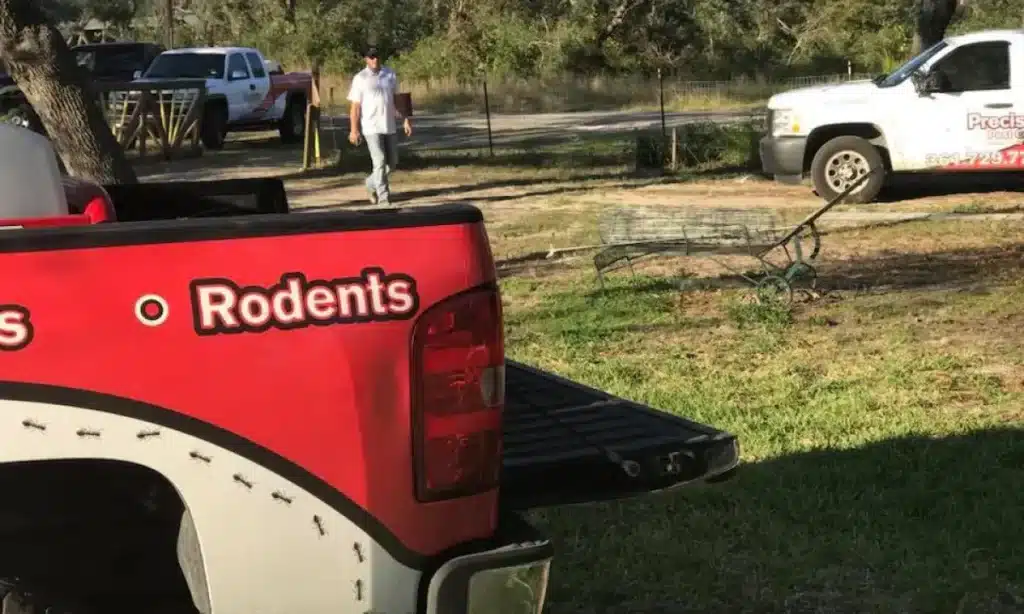Pests invade millions of homes yearly and cause property damage while putting families’ health at risk nationwide. A smart pest control strategy helps homeowners shield their spaces from common invaders like ants, spiders, and rodents. Your home stays safer and cleaner when you set up pest management that saves time and money.
Assess Your Home's Pest Vulnerabilities
Common entry points
- Foundation cracks (as small as ⅛ inch)
- Gaps around utility lines and vents
- Improperly sealed doorways and windows
- Roof vents and chimney openings
- Damaged window screens and door sweeps
Attractive conditions for pests

Seasonal pest patterns
Weather patterns substantially affect how pests behave throughout the year.
|
Season |
Pest Activity |
|
Spring |
Increased insect activity, termite swarming, ant colonies seeking higher ground |
|
Summer |
Peak pest activity, especially for ants and mosquitoes |
|
Fall |
Rodents and insects seeking indoor shelter |
|
Winter |
Overwintering pests in homes, reduced outdoor activity |
Create a Preventive Maintenance Schedule

Monthly tasks
Monthly maintenance helps you spot pest issues early.
|
Area |
Tasks |
|
Kitchen |
Check for leaks, clean surfaces, inspect food storage |
|
Bathroom |
Monitor plumbing, repair drips, check seals |
|
Exterior |
Inspect foundation, clean gutters, check screens |
|
General |
Test smoke detectors, vacuum really well, monitor dark spaces |
Quarterly tasks
- Clean deeply behind major appliances and furniture
- Check and fix weather stripping around doors and windows
- Maintain and clear outdoor drainage systems
- Look for new cracks or damage in the roof and foundation
- Keep vegetation 12 inches away from house walls
Annual inspections
- Structural check for termite damage and wood-destroying insects
- Complete property inspection for signs of pest activity
- A review of how well previous pest control measures worked
- Professional treatment of potential problem areas
- Clear records of findings and prevention recommendations
Implement Effective Pest Control Methods
Natural deterrents
|
Natural Solution |
Target Pests |
Application Method |
|
Essential Oils |
Ants, Spiders |
Spray mixture with water |
|
Diatomaceous Earth |
Crawling insects |
Powder application |
|
Citrus Peels |
Place near entry points |
|
|
Neem Oil |
Multiple insects |
Diluted spray |
Chemical treatments
Professional services

Professional pest control services provide the needed expertise when dealing with bad pest problems. They offer advanced treatment methods, along with precise pest identification to ensure effective solutions. Long-term prevention strategies are put into action to limit the likelihood of recurring issues, while safe chemical application expertise ensures both efficacy and safety. Additionally, regular monitoring and adjustments to control methods help maintain a pest-free environment over time.
Your decision to involve professional services depends on how severe the infestation is, what type of pest you have, and whether your current control methods work. Most homeowners get the best protection against common household pests by combining DIY methods with regular professional treatments.
Monitor and Adjust Your Plan

Remember to keep a pest activity log!
A record of pest activity helps identify patterns and assess control measures.
|
Recording Element |
Details to Include |
|
Date and Time |
At the time pest activity or treatment occurred |
|
Location |
Specific areas where pests were found |
|
Pest Type |
Identification of observed pests |
|
Treatment Applied |
Methods and products used |
|
Results |
Effectiveness of control measures |
Updating strategies as needed
Pest control strategies must remain flexible to be effective, requiring updates when conditions change. Environmental factors might prompt adjustments to treatment methods, and each season brings new challenges as pests behave differently. When current methods lose their effectiveness, it’s essential to consider new solutions.
Most experts recommend a quarterly review of pest control strategies. During this review, they assess whether different treatments are needed, upgrade prevention measures, and incorporate new control technologies where beneficial. Property owners should also communicate regularly with their pest control teams to identify any necessary plan adjustments. Keeping a detailed record of these changes and their results provides valuable insights for future pest management decisions, helping to maintain an adaptive, effective control system.
Pest Control Plans Should Always Be Quick and Easy
Precision Pest Control
Experienced, Committed, and Ready to Serve
Pest Control Plans FAQs
1. How can I develop a pest management plan for my property?
- General information about the property.
- Instructions for occupants on how to report pest sightings.
- Methods for notifying tenants about pest issues.
- A schedule for routine pest inspections.
2. What steps should I take to prepare my home for a pest control visit?
- Cleaning the house thoroughly.
- Following the technician’s advice.
- Sealing food containers and covering open food.
- Covering children’s toys.
- Vacuuming floors.
- Disposing of garbage.
- Turning off fish tanks.
- Preparing for specific types of pests as advised.
3. What should be included in a pest control contract?
- Identification of the involved parties and their contact details.
- A detailed scope of services provided.
- Duration of the contract and the schedule for services.
- Total cost and payment terms.
- Any warranties or guarantees offered.
- Details regarding insurance coverage




